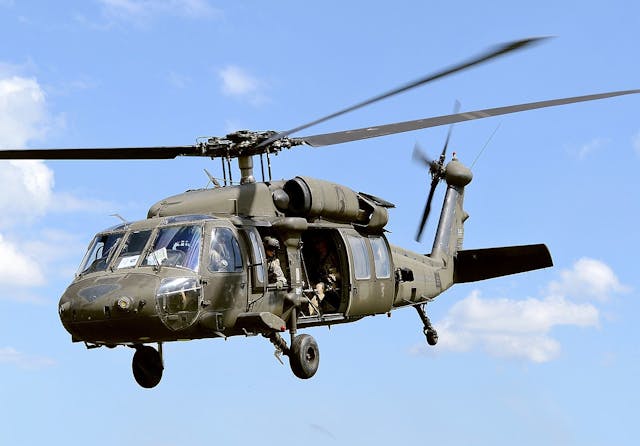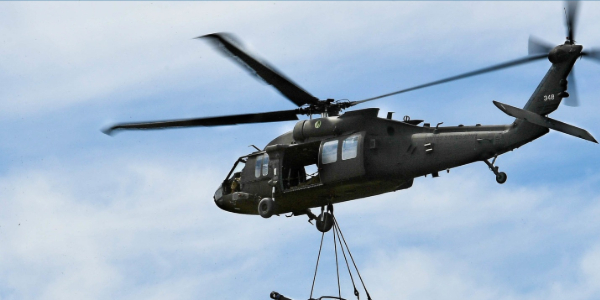Discovering the Ingenious Modern Technology Behind Aircraft Style and Design
The field of airplane layout and design is experiencing a transformative shift driven by ingenious innovations that boost efficiency, performance, and sustainability. As the industry grapples with the difficulties of ecological responsibility, advancements in lasting aeronautics modern technologies guarantee to reshape the future.
Advanced Products in Airplane Style
Just how can the assimilation of advanced products revolutionize aircraft style? The consolidation of sophisticated products, such as carbon fiber compounds, titanium alloys, and advanced porcelains, plays a critical duty in improving airplane efficiency and efficiency.
Additionally, advanced materials show improved resistance to corrosion and tiredness, resulting in reduced maintenance prices and prolonged solution life. As an example, making use of titanium in essential components assists withstand severe temperature levels and stress and anxieties, while carbon fiber composites supply flexibility in style and manufacturing processes. This adaptability permits for more wind resistant shapes, contributing to exceptional efficiency qualities.
Additionally, the assimilation of wise products, which can change properties in reaction to outside stimuli, opens up brand-new avenues for flexible systems in aircraft design. uh 60. These innovations guarantee not only to improve safety and functional efficiency yet additionally to add to sustainability efforts by lessening environmental impact via decreased exhausts. In summary, progressed products are redefining the landscape of aircraft layout, leading the way for a lot more effective, long lasting, and eco-friendly aviation remedies
Wind Resistant Advancements for Efficiency
Aerodynamic advancements play a pivotal duty in enhancing aircraft performance, considerably affecting fuel intake and general performance. Developments in airfoil design, such as the introduction of supercritical wings, permit maximized lift-to-drag ratios, minimizing drag at transonic rates. These developments enable airplane to maintain higher rates with reduced fuel expenditure, straight influencing operational costs and environmental sustainability.
Additionally, the assimilation of winglets has verified reliable in mitigating vortex-induced drag at the suggestions of wings, additionally boosting fuel efficiency - uh 60. This style modification brings about a reduction in wake disturbance, contributing to boosted wind resistant efficiency throughout cruise conditions

Furthermore, computational fluid dynamics (CFD) tools have changed the screening and refinement of aerodynamic forms, enabling accurate simulations of air flow around airplane (uh 60). This makes it possible for designers to introduce constantly, making certain that modern aircraft not just meet regulative standards yet likewise push the limits of effectiveness in air travel

Role of Computer Simulations
Computer simulations have actually ended up being a crucial device in the field of aircraft layout, enabling engineers to perform thorough analyses and optimizations of different design elements. These simulations permit for the online screening of wind resistant buildings, structural stability, and efficiency metrics long before physical models are developed. By employing computational fluid characteristics (CFD) and limited element analysis (FEA), designers can predict just how air streams around the airplane and how different materials will certainly react to anxiety and stress.
In addition, computer simulations help with the exploration of a vast array of variables and scenarios, accelerating the style procedure and lowering prices connected with physical screening. This capacity not just enhances the accuracy of predictions concerning airplane actions yet likewise supplies understandings into potential style enhancements that could not be quickly apparent through traditional approaches.

In addition, simulations assist make certain compliance with stringent safety and security regulations by allowing engineers to identify and remedy possible issues early in the design phase. The assimilation of simulation technologies right into the aircraft layout procedure emphasizes the substantial improvements in design methods, eventually adding to the development of safer, a lot more effective, and eco-friendly airplane.
Expert System in Design
Artificial intelligence (AI) is changing the engineering landscape, especially in airplane style, by boosting decision-making procedures and enhancing layout workflows. With equipment learning algorithms, AI can examine vast datasets, discovering patterns and insights that notify design choices and boost total efficiency.
AI applications in view aircraft style consist of generative layout, where formulas create several layout alternatives based upon specified criteria, enabling designers to evaluate a broader variety of opportunities. This not just accelerates the design stage yet likewise makes sure that the end products satisfy rigorous efficiency and security requirements.
Additionally, AI-driven anticipating analytics promote maintenance scheduling by examining historic data and forecasting potential failures. This positive technique decreases downtime and boosts aircraft reliability.
Additionally, AI help in simulation and modeling, allowing designers to examine layouts under numerous problems without the demand for physical models. This ability shortens advancement timelines and reduces prices linked with traditional screening techniques.
Sustainable Aeronautics Technologies
How can the aeronautics sector properly balance growth and environmental obligation? The answer exists in the fostering of sustainable aeronautics technologies that prioritize performance and lower carbon discharges. Developments such as sustainable aviation fuels (SAFs), which are stemmed from renewable resources, have emerged as a crucial element in achieving lower lifecycle exhausts. SAFs can dramatically lower the carbon impact of trips, making them official site a feasible choice to traditional jet fuels.
In addition, developments in airplane design, such as the advancement of lighter products and even more aerodynamically reliable forms, add to improved fuel performance. Electric and hybrid propulsion systems are also obtaining traction, offering a pathway to lower dependence on fossil gas and reduce greenhouse gas discharges.
The combination of these innovations is sustained by regulative structures and sector collaborations aimed at establishing enthusiastic sustainability targets. Digital tools like information analytics and synthetic intelligence can maximize trip operations, further enhancing gas efficiency. By embracing sustainable practices and innovations, the air travel industry can not just fulfill the expanding demand for flight yet additionally play a pivotal duty in dealing with environment adjustment, making sure a more sustainable future for air transportation.
Conclusion
The merging of sophisticated products, wind resistant technologies, and cutting-edge modern technologies marks a considerable development in aircraft layout and design. The integration of carbon fiber composites, titanium alloys, and AI-driven procedures not just enhances efficiency and effectiveness yet also enhances process and predictive upkeep. In addition, the continuous growth of lasting aviation modern technologies underscores a dedication to ecological obligation, paving the means for a greener future in aviation. This constant development will form the industry's trajectory for several years ahead.

Computer simulations have actually come to be an important tool in the field of aircraft design, allowing engineers to conduct detailed evaluations and optimizations of various style aspects.The convergence of innovative products, aerodynamic developments, and innovative modern technologies marks a significant advancement in airplane style and engineering.